Gas
In science, gas is one of the fundamental states of matter. It is a form of matter that does not have a fixed shape or volume, and it fills the entire container in which it is placed. Gases are made up of individual molecules that are in constant, random motion. These molecules move freely and collide with each other and the walls of their container.
Properties of Gases
Gases have several unique properties, including:
- Expansion: Gases expand to fill the entire volume of their container.
- Compressibility: Gases can be easily compressed into a smaller volume.
- Low Density: Gases have a low density compared to liquids and solids.
- Diffusion: Gases mix and spread out evenly when in contact with each other.
- Fluidity: Gases flow and can be poured from one container to another.
- Pressure: Gases exert pressure on the walls of their container.
Behavior of Gases
The behavior of gases can be described by several laws and principles, including:
- Boyle’s Law: States that the pressure of a gas is inversely proportional to its volume when the temperature is held constant.
- Charles’s Law: States that the volume of a gas is directly proportional to its temperature in Kelvin when the pressure is held constant.
- Gay-Lussac’s Law: States that the pressure of a gas is directly proportional to its temperature in Kelvin when the volume is held constant.
- Avogadro’s Law: States that equal volumes of gases at the same temperature and pressure contain the same number of molecules.
- Ideal Gas Law: Describes the behavior of an ideal gas using the equation PV = nRT, where P is the pressure, V is the volume, n is the number of moles, R is the gas constant, and T is the temperature in Kelvin.
Common Gases
There are many different types of gases that are commonly encountered in everyday life and in scientific experiments. Some of these include:
Study Guide
When studying the topic of gases, it is important to focus on the following key areas:
- Understand the kinetic theory of gases and how it explains the behavior of gas molecules.
- Learn and apply the gas laws, including Boyle’s Law, Charles’s Law, and the Ideal Gas Law.
- Be able to identify and describe the properties of gases, such as expansion, compressibility, and fluidity.
- Explore real-world applications of gases, such as the gas laws in scuba diving and the use of gases in various industrial processes.
By mastering these concepts, you will have a solid understanding of the properties and behavior of gases, and be well-prepared to tackle related problems and experiments.
[Gas] Related Worksheets and Study Guides:
.◂Science Worksheets and Study Guides Seventh Grade. Protists and Fungi

 Worksheet/Answer key
Worksheet/Answer key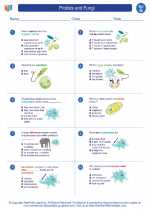
 Worksheet/Answer key
Worksheet/Answer key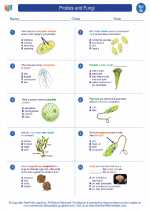
 Worksheet/Answer key
Worksheet/Answer key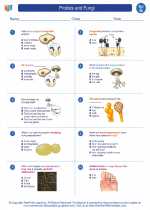
 Worksheet/Answer key
Worksheet/Answer key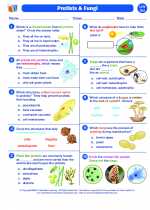
 Vocabulary/Answer key
Vocabulary/Answer key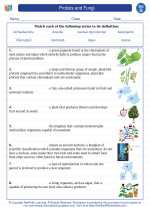
 Vocabulary/Answer key
Vocabulary/Answer key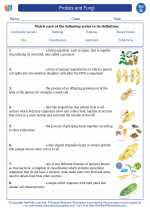
 Vocabulary/Answer key
Vocabulary/Answer key
 Vocabulary/Answer key
Vocabulary/Answer key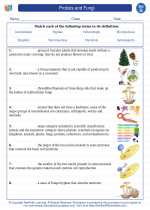
 Vocabulary/Answer key
Vocabulary/Answer key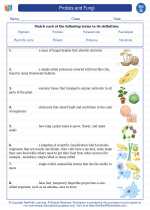
 Vocabulary/Answer key
Vocabulary/Answer key
